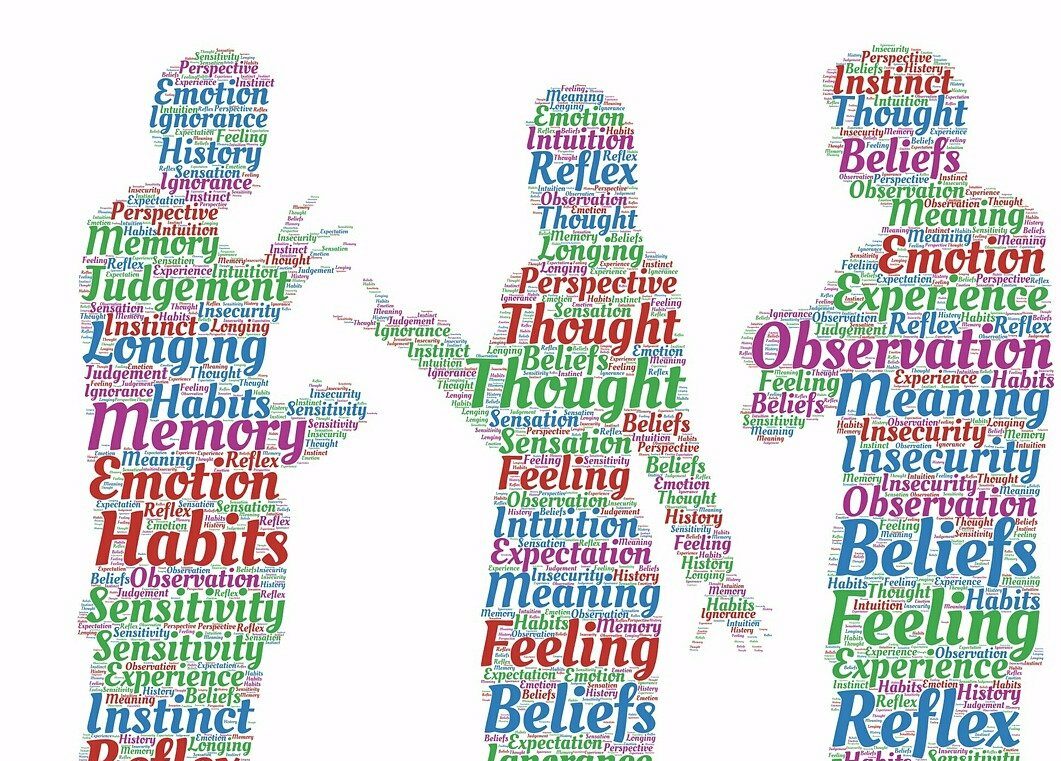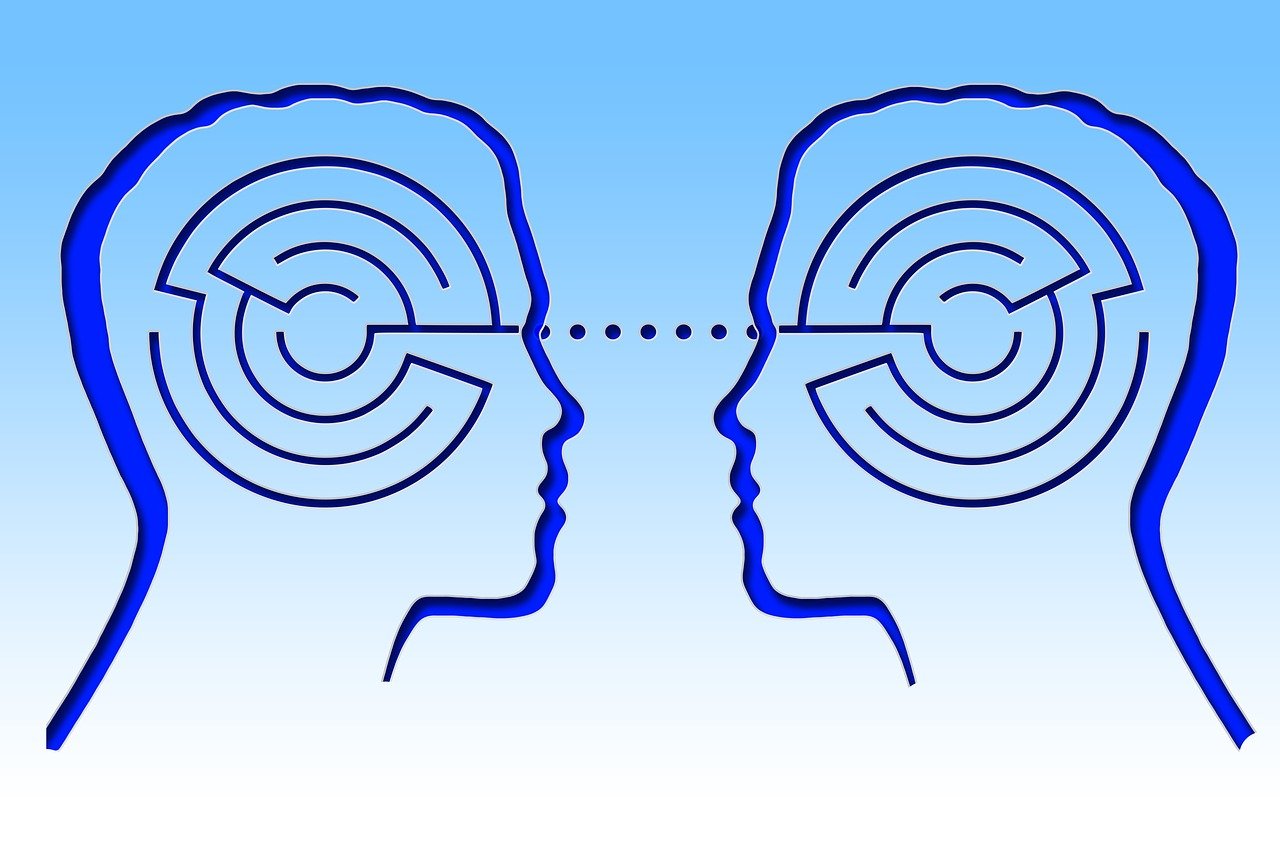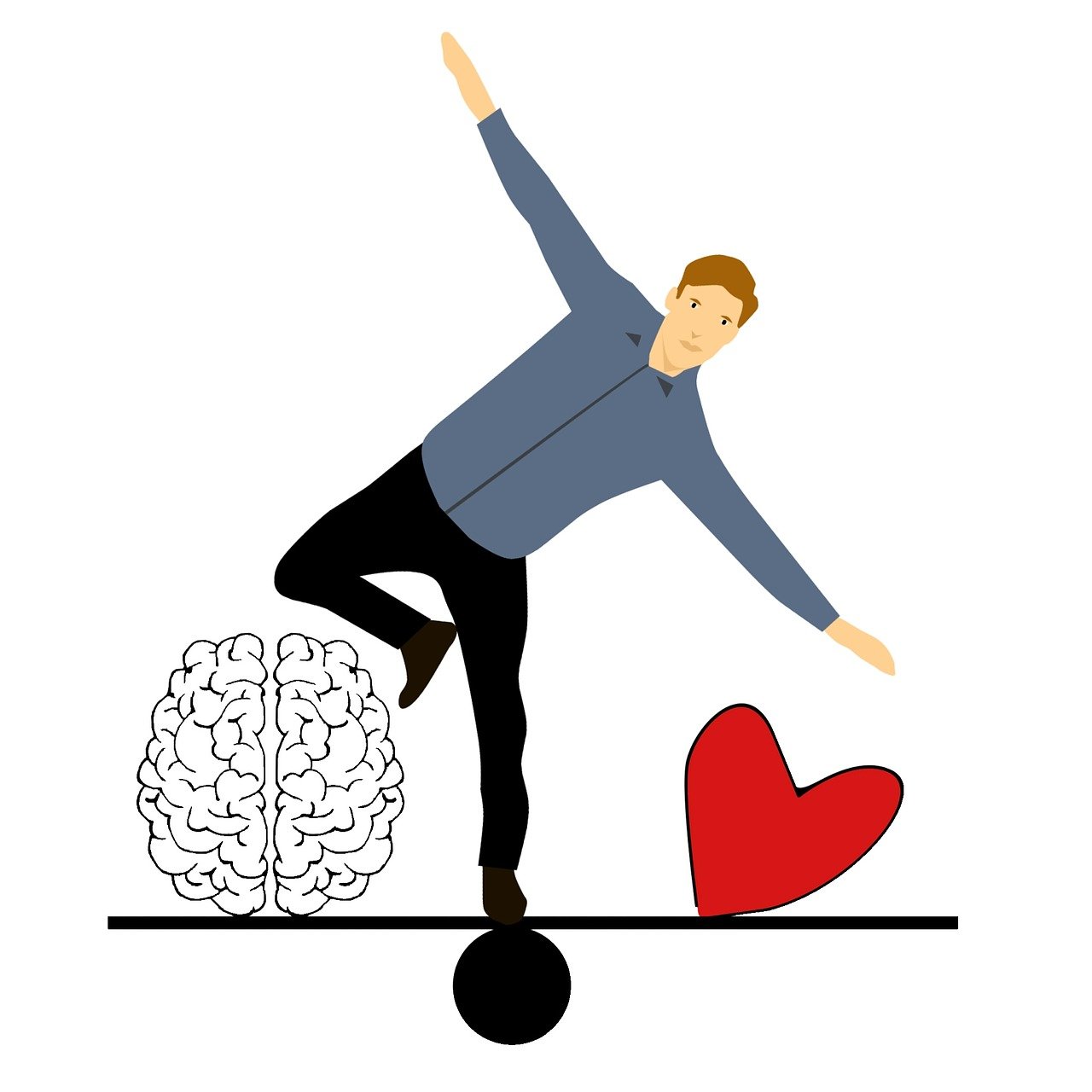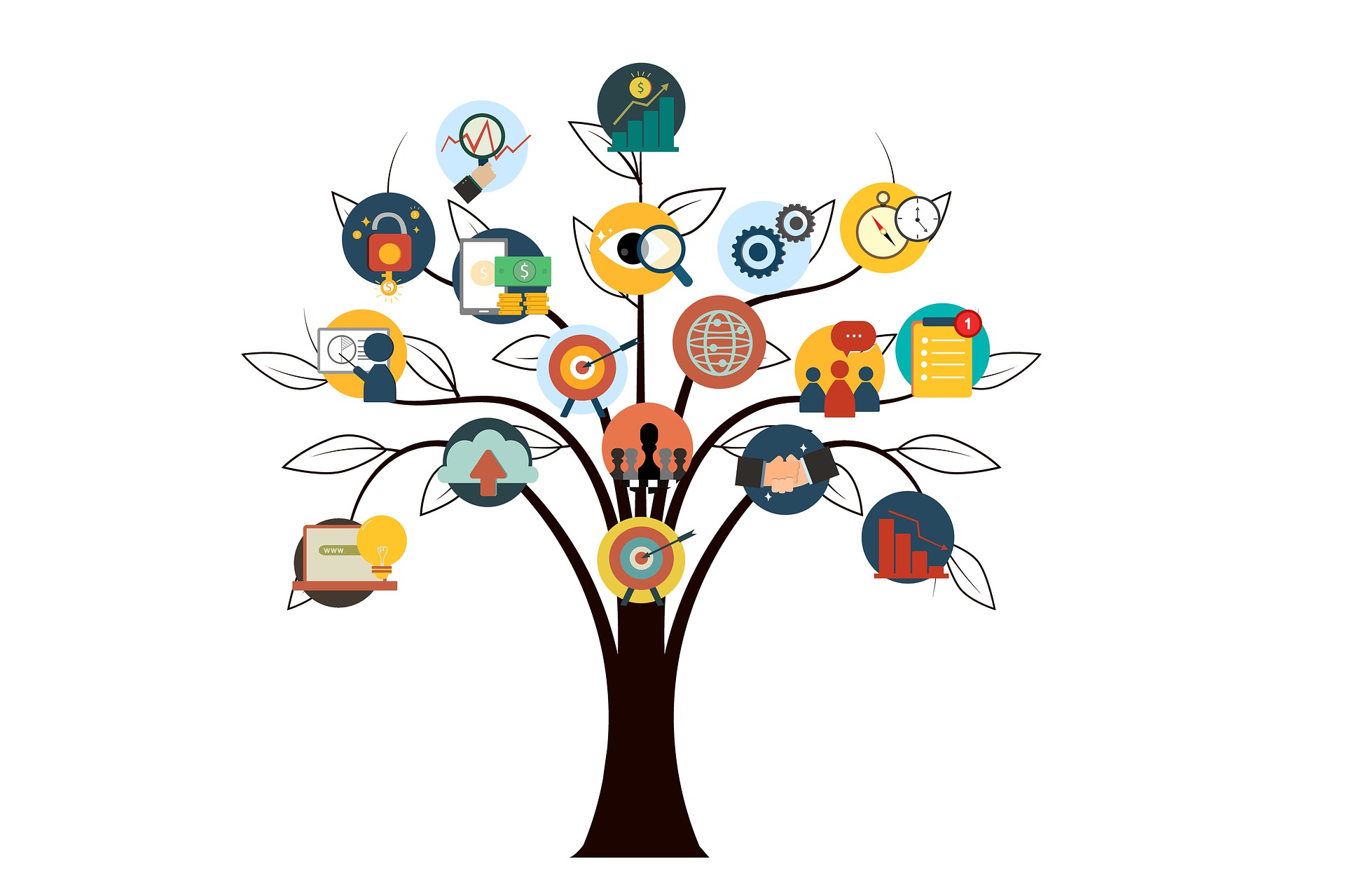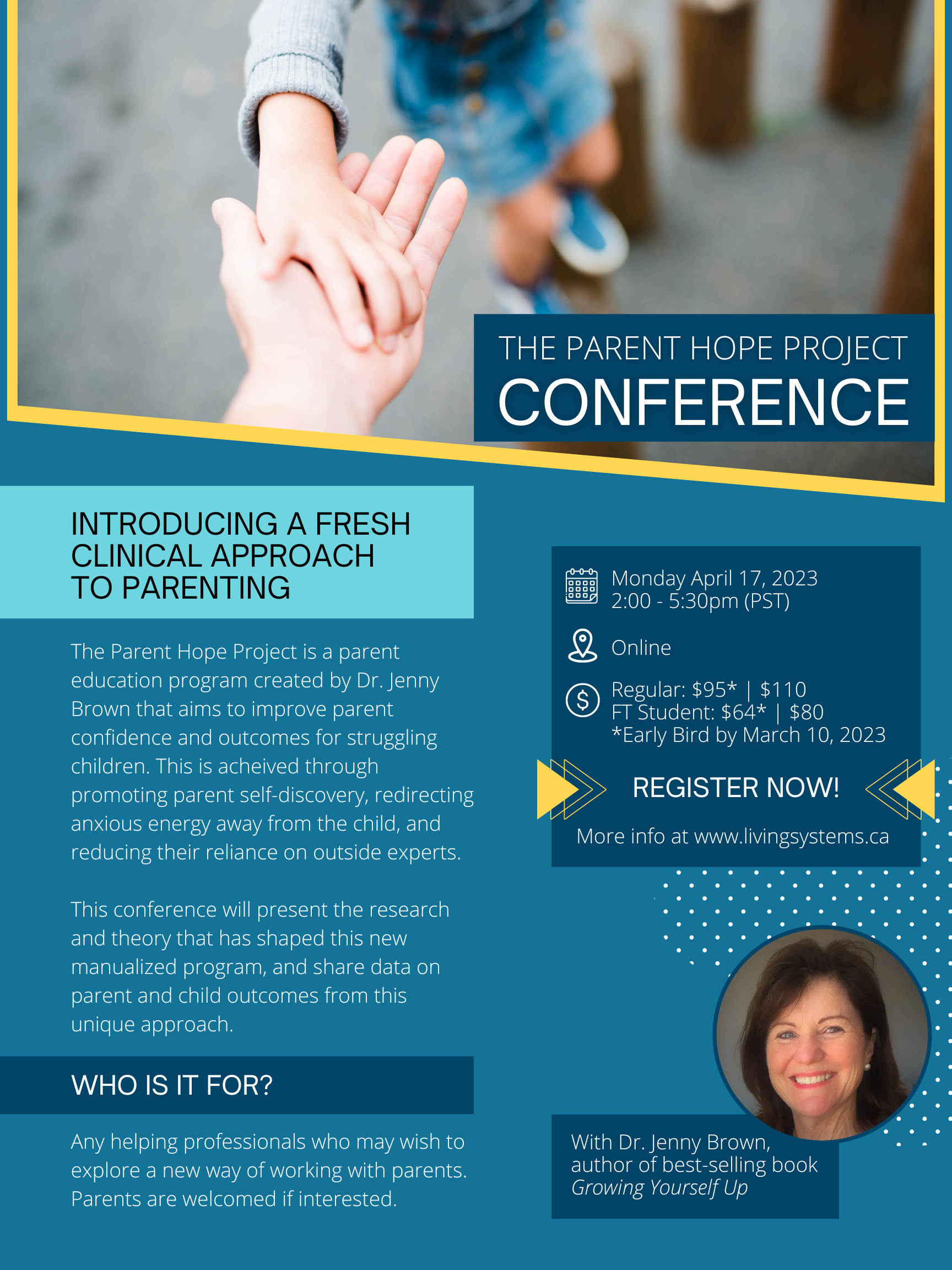
A Manualized Process to Give Parents Hope
(This post provides some background for the April 17th conference on the Parent Hope Project).
As a father, I know how hard it can be to raise a child. I have also seen the challenges – far greater than my own – that come up for parents. Can a systems approach provide any hope for parents? I believe it can. Jenny Brown has proven it.
Her Parent Hope program is based on Bowen Family Systems Theory, but you wouldn’t know that as a parent. She uses everyday language to help get key concepts across. For example, a systems approach doesn’t categorize “patients” with “a diagnosis.” It works with how the parents are functioning. It views a family as a unit that functions along a continuum. All families are somewhere on the continuum, and this approach allows for improvements in functioning. Like wellness, we could all improve our level of wellness, we can all improve our level of functioning as parents. So we start from wherever we are at.
Another aspect of systems is that they adapt to circumstances and function differently depending on the situation. The family is a system, and the parents have adapted the best they can and function in a certain manner. So by focusing on the functioning of the parent – a key driver of the system – the functioning of the system will change. If the parent wants to change themselves, they can do this. The Parent Hope process is manualized and the physical manual is important – it’s a map of the process of how the family members are functioning. A map keeps one on track during the journey. If lost, they can refer to the map and get back on track. A map allows one to explore new areas with more confidence.
Hope based on research
The manual is the outcome of research and subsequent use with many parents. A core principle is that an intense child focus, which can be positive or negative, presents significant development challenges to young persons since they learn to function in reaction to others. This leaves them with little emotional breathing space to grow in thinking, feeling, and acting for themselves.
The process allows a parent, using the manual, with the help of a therapist/coach, to map out and trace what’s called the “worry cycle.” The Bowen theory has language to talk about the worry cycle, but parents don’t need this. What they find useful is the process – the self-discovery – of seeing how their worry drives a process that is not helpful. Once a parent understands this, they can change their functioning and change the patterns in their parent-child relationship.
Of course, this process can be a challenge for both parents and coaches. But the manual guides the process and keeps everyone on track. It helps keep the reactivity of the parents and the therapist lower. This is because the process involves observing and reflecting, which can reduce negative thinking. The process provided by the manual helps to give the brain focus and gets the parent off the worry cycle.
It’s called Parent Hope for a reason
The strength of this program is that it works with the most motivated individuals, the parents. Dr. Bowen and many clinicians after him have found that the parent is often the best individual to work with. The child is actually adapting parent’s functioning, hence the focus on the parents and not on the child. The hopeful part is that if the parents can observe and understand their functioning, then they can make changes that will improve the interactions. It is a process of discovery for the parent versus education about what’s right. The program provides principles so that the parents can find the approach that works for them. (And they do!) Using the principles the parents gain the ability to work on themselves without the need for an “expert” to tell them what to do. There is a shift in perspective to the parents making adjustments to their functioning versus ‘repairing’ a ‘broken’ child.
Step Back and Observe
For example, a parent starts with a more recent vivid memory of an event, and they map out the sequence in detail. This unpacking of the interaction helps one to observe the “emotional process.” The manual supports the parent in thinking about their interactions. This helps a person get more clear about what part they are playing in the interaction.
The approach focuses on the individual thinking about themselves versus their partner or child. The manual literally has “swim lanes” so that a person can “stay in their lane.” It provides a physical scaffold based on the concepts of Bowen theory. The parents don’t need to know the theory; they just use the scaffold. To support the focus on self, each person gets their own manual. (There are no “WE” swim lanes.)
The process keeps the therapist in their swim lane as well. They act to guide the recording of the sequence and facts of an interaction. There is excellent research to support the value of writing things down. And seeing it written down supports self-reflection. Everyone stays in their swim lane and thinks about their functioning.
Are you promoting Independence or Dependence?
This process supports idea of allowing the child to develop more independence vs. dependence. The parent(s), through writing down interactions, get to a) see the process of dependence vs. independence and b) how they are supporting one or the other.
The manualized process supports the parent to step back and observe how they are functioning and to think about “where is my focus” – on myself, the child, or my partner? When a parent makes a project out of themselves, they have reached a turning point.
“Parents who remained more passive in expecting expert helpers to fix their child experienced reduced hope months after finishing the program. When parents positively changed their interaction with their child they felt a more sustained hopefulness.” Jenny Brown.
Thank you for your interest in family systems.
Dave Galloway
dave.galloway@livingsytems.ca
To learn about the Parent Hope Conference, click here.
to listen to Jenny Brown discuss a parent’s focus on a child, click here
